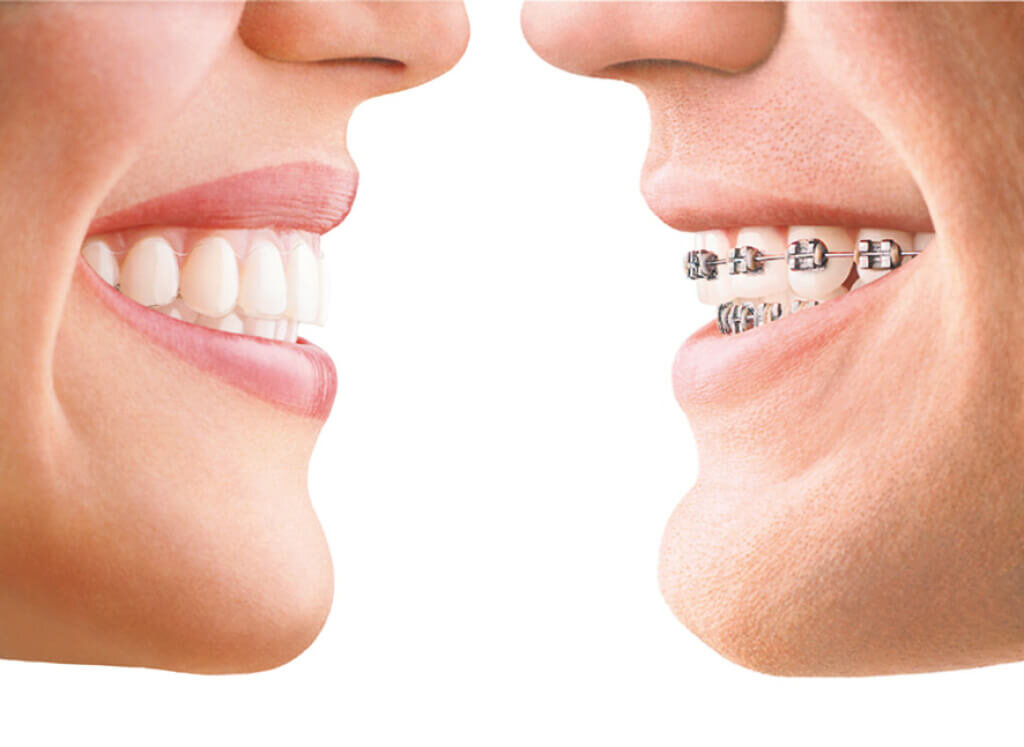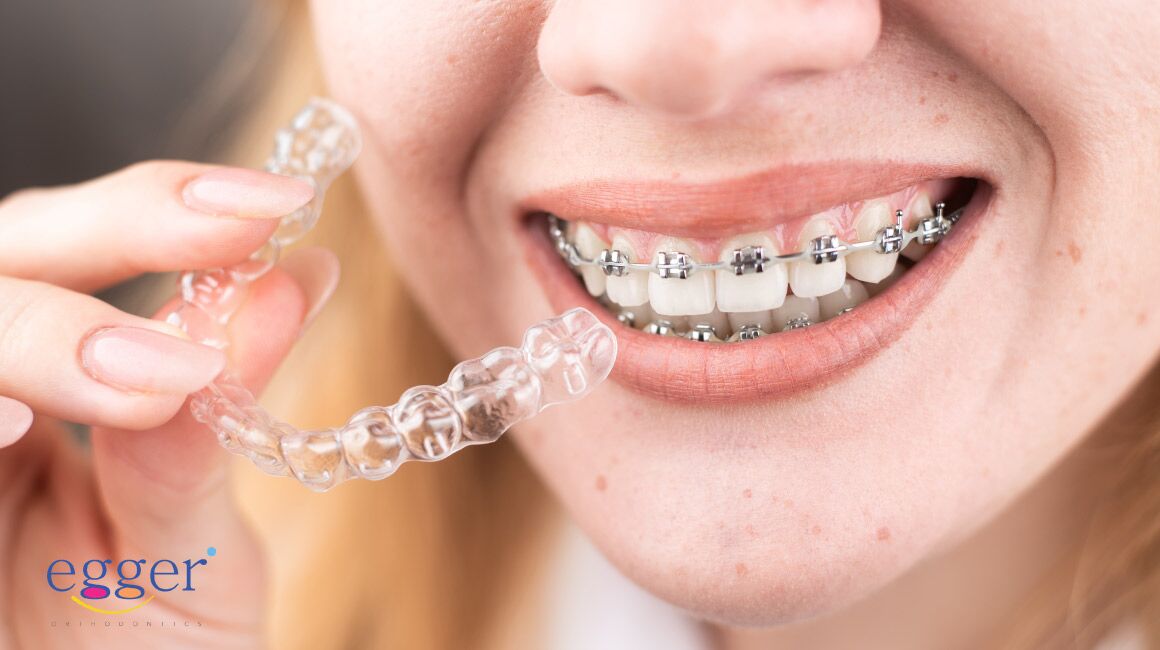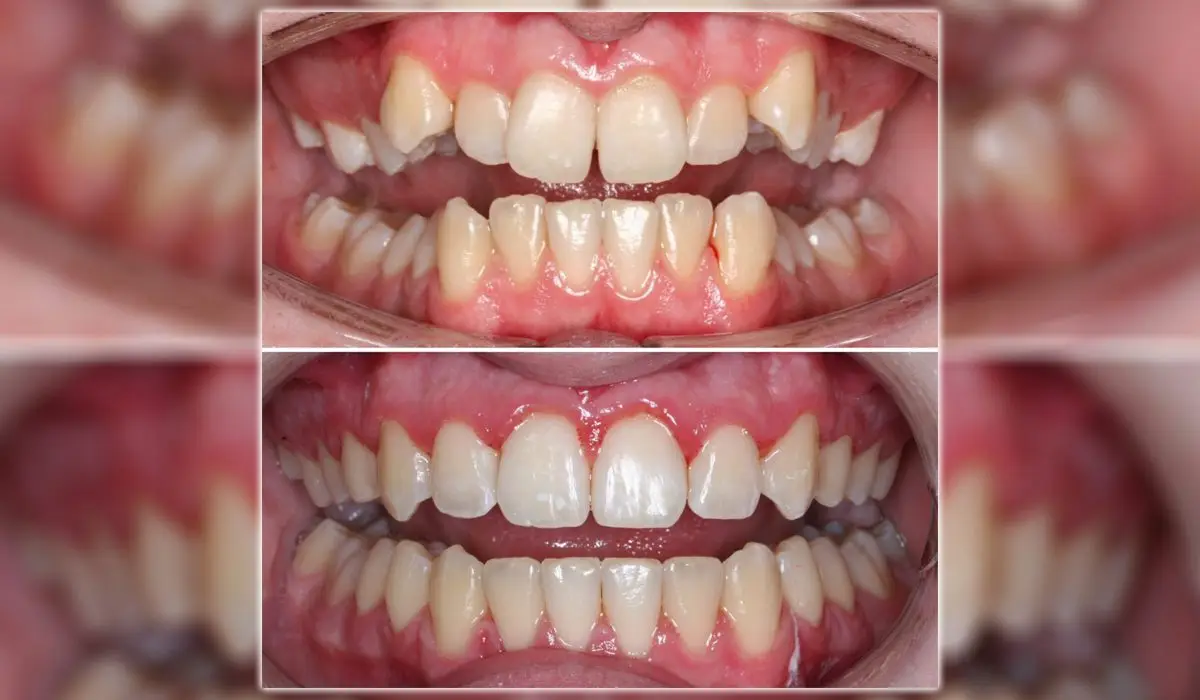Success Stories: How Invisalign Changed Lives and Improved Confidence
Success Stories: How Invisalign Changed Lives and Improved Confidence
Blog Article
Invisalign vs. Traditional Dental braces: Which Option Is Right for You?
When considering orthodontic treatment, the selection in between Invisalign and typical braces offers numerous crucial elements that merit cautious evaluation. Invisalign uses a very discreet option with detachable aligners, while typical dental braces supply an extra noticeable yet effective service for serious imbalance.
Overview of Treatment Options

In contrast, traditional dental braces include metal brackets and cords that are adhered to the teeth. This method applies constant pressure gradually to achieve positioning. While effective for intricate orthodontic concerns, standard braces need regular sees for changes and can pose difficulties in keeping oral hygiene due to the trouble of cleaning around wires and brackets.
Both alternatives have their benefits, and the option usually hinges on certain oral problems, lifestyle preferences, and patient conformity. Ultimately, consulting an orthodontic specialist is important for establishing one of the most ideal treatment plan tailored to specific requirements. Recognizing the subtleties of each alternative can substantially affect the total success of orthodontic therapy.
Aesthetic Factors To Consider
A considerable variable influencing the choice between Invisalign and typical braces is the visual charm each treatment provides. Invisalign aligners are crafted from clear plastic, making them virtually undetectable when used.
In contrast, standard dental braces contain steel brackets and cords, which can be a lot more recognizable. While innovations in orthodontic technology have resulted in the advancement of smaller sized braces and tinted elastics, standard dental braces still preserve an even more conspicuous account. For some people, the exposure of dental braces might prevent them from seeking needed treatment.
Inevitably, the option between Invisalign and standard dental braces might rest on personal preferences regarding aesthetic appeals. Patients that focus on discernment frequently lean toward Invisalign, while those who are less concerned about exposure might select conventional dental braces. Comprehending the aesthetic ramifications of each option is crucial for making a notified decision that lines up with one's lifestyle and preferences.
Comfort and Convenience

In terms of comfort, Invisalign aligners are detachable, allowing patients to appreciate their favorite foods without constraint and preserve optimum oral health. Cleaning and flossing are streamlined, as the aligners can be obtained throughout these regimens, whereas standard braces need cautious maneuvering around braces and wires.
In contrast, conventional braces necessitate routine adjustments, making them much less convenient for those with hectic schedules. Generally, the convenience and comfort of Invisalign make it an enticing choice for several people looking for orthodontic therapy.
Treatment Duration and Effectiveness
While both Invisalign and traditional braces work in fixing dental imbalances, the duration of therapy can vary substantially in between both alternatives. Generally, Invisalign treatment can take anywhere from 12 to 18 months, depending on the complexity of the situation. The clear aligners work by slowly moving teeth right into their preferred positions, and view publisher site normal follow-ups with an orthodontist help ensure progression continues to be on course.
On the other hand, traditional dental braces usually require a longer commitment, normally varying from 18 months to 3 years. This is because of their set nature and making use of cables and brackets, which can be a lot more reliable for serious imbalances and complex instances (Invisalign). The treatment efficiency of traditional dental braces is well-documented, as they permit precise modifications and higher control over tooth activity
Ultimately, the selection between Invisalign and conventional braces might depend upon both the awaited treatment duration and the particular dental problems at hand. Consulting with an orthodontist is vital, as they can provide tailored suggestions based on individual demands, ensuring the picked method straightens with wanted durations and outcomes.
Expense Contrast and Insurance Coverage Alternatives
Price plays a considerable duty in the decision-making process for people considering orthodontic therapy, whether choosing Invisalign or traditional dental braces. Usually, the expense of Invisalign ranges from $3,000 to $8,000, while typical dental braces commonly cost in between $2,000 and $6,000. Factors influencing these prices include the complexity of the instance, the duration of therapy, and geographical area.
Insurance insurance coverage can substantially affect out-of-pocket costs. Numerous dental insurance plans provide partial protection for orthodontic therapies, however the specifics can vary commonly. It is vital for clients to evaluate their insurance policies to determine the degree of insurance coverage for either alternative. Usually, traditional braces might be a lot more regularly covered by insurance coverage strategies compared to Invisalign, which some insurance moved here companies classify as a cosmetic treatment.
In addition, numerous orthodontic methods supply flexible payment strategies, making both treatment alternatives a lot more available. Clients ought to inquire concerning prospective financing choices and price cuts for upfront repayments. Evaluating the overall expense, including insurance advantages and settlement strategies, is essential for making a notified choice that aligns with both aesthetic choices and spending plan factors to consider.

Verdict
In summary, the choice between Invisalign and standard dental braces hinges on several aspects, consisting of visual preferences, convenience, treatment duration, and cost. Invisalign uses a very discreet, detachable choice that facilitates dental hygiene and dietary versatility, while traditional braces may be preferable for intricate oral issues and commonly come with a lower rate factor. Ultimately, examination with an orthodontist is essential to assess private circumstances and identify one of the most ideal treatment option for accomplishing optimal oral placement.
When taking into consideration orthodontic therapy, the option in between Invisalign and standard dental braces presents a number of crucial factors that warrant mindful assessment.Contrasting Invisalign and traditional dental braces reveals unique therapy alternatives for orthodontic adjustment.While both Invisalign and conventional dental braces are effective in correcting oral imbalances, the period of treatment can differ considerably between the two options.Price plays a substantial try this website duty in the decision-making process for individuals thinking about orthodontic treatment, whether opting for Invisalign or traditional braces.In recap, the choice in between Invisalign and traditional dental braces hinges on several variables, including visual preferences, convenience, treatment duration, and expense.
Report this page